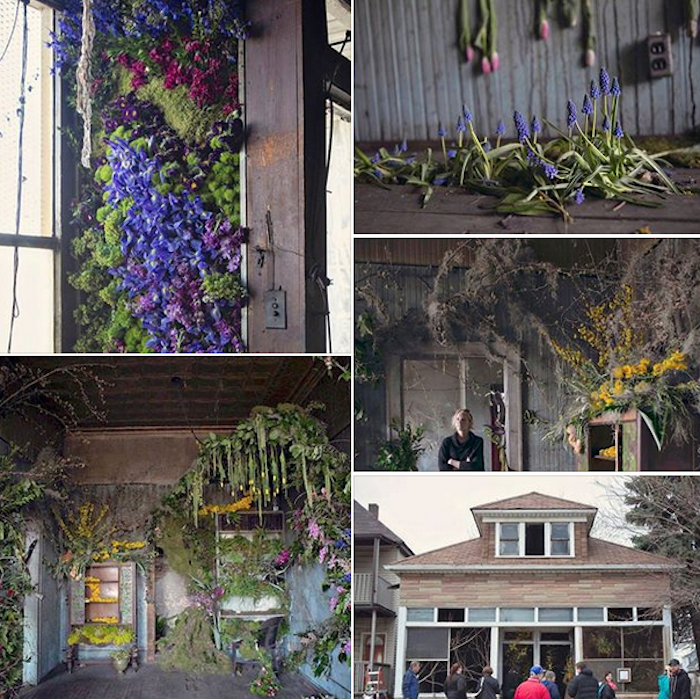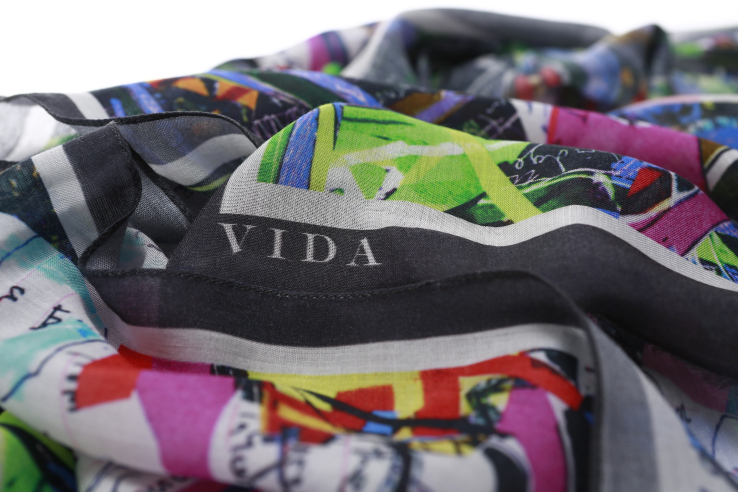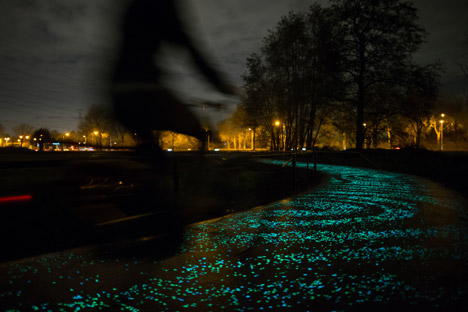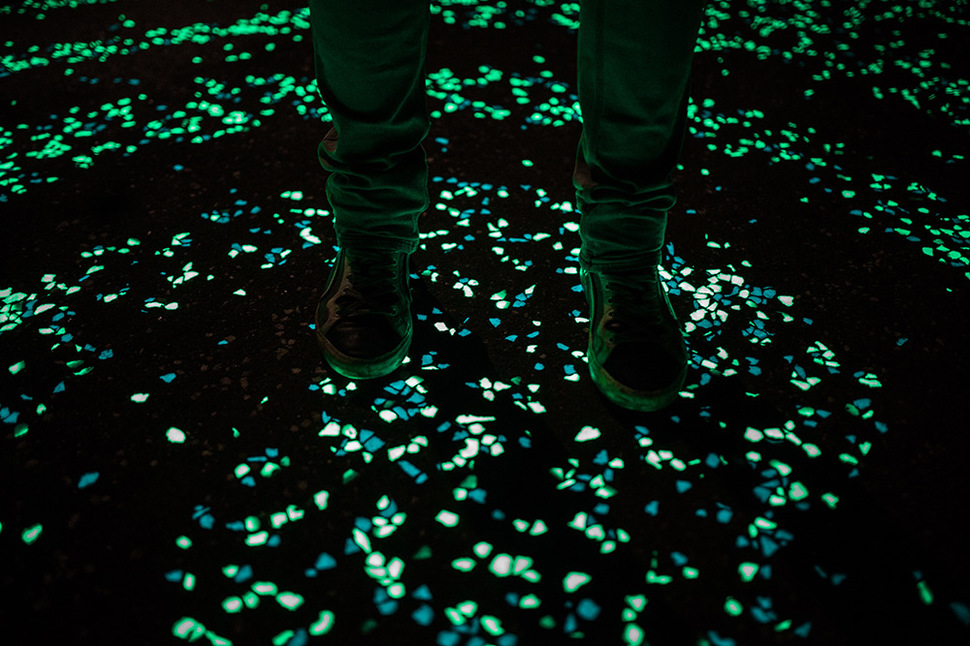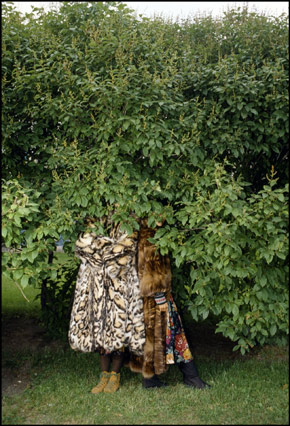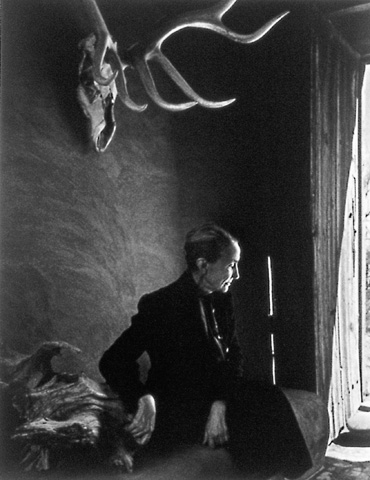Help Lisa Ward Crowdfund Detroit's 'Flower House' On IndieGoGo
/Help Lisa Ward Crowdfund Detroit’s ‘Flower House’ On IndieGoGo
I’m Lisa Waud and I’m the creator of Flower House. In October 2015, along with the help from florists friends both local and from across the country, I will fill the interior walls and ceilings of a 16-room abandoned house with American-grown fresh flowers and living plants.
Imagine it now: You walk across the crumbling threshold of a house that has been vacant for over a decade, signs of former lives gathered in the windowsills and trapped in the fencing. It overlooks six busy lanes of I-75 and the whooshing of cars on its one-way highway service drive street. The second you step inside, the city sounds are muted. Every surface is lush with color and life. A floral carpet, a wall of foliage, a ceiling dripping with vines. This disarray and decay was once a home and will blossom again.
Inspired by a long-time fascination with the installations of Christo and Jeanne-Claude, and moved by images of a 2012 Dior Show, I purchased two houses on the Hamtramck city auction in October 2014 to launch the project.
After the floral art installation, our project partners, Reclaim Detroit, will responsibly deconstruct the houses, diverting as much as 75% of the materials in the building from the landfill.
When the structures are gone, we will convert the plot of land into Flower House Farm, a functional, beautiful flower farm for my floral design business, Pot & Box.
I’ve been in business as Pot & Box for over 8 years, with one studio in Ann Arbor and one in Hamtramck. We offer floral design for special events and weddings, as well as horticultural decor and container garden services for residences and businesses across Southeast Michigan.
Flower House Teaser from Hello Future Films on Vimeo.





